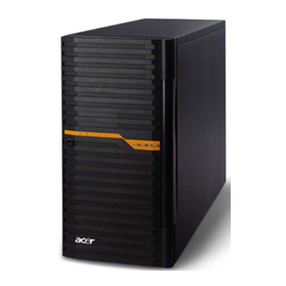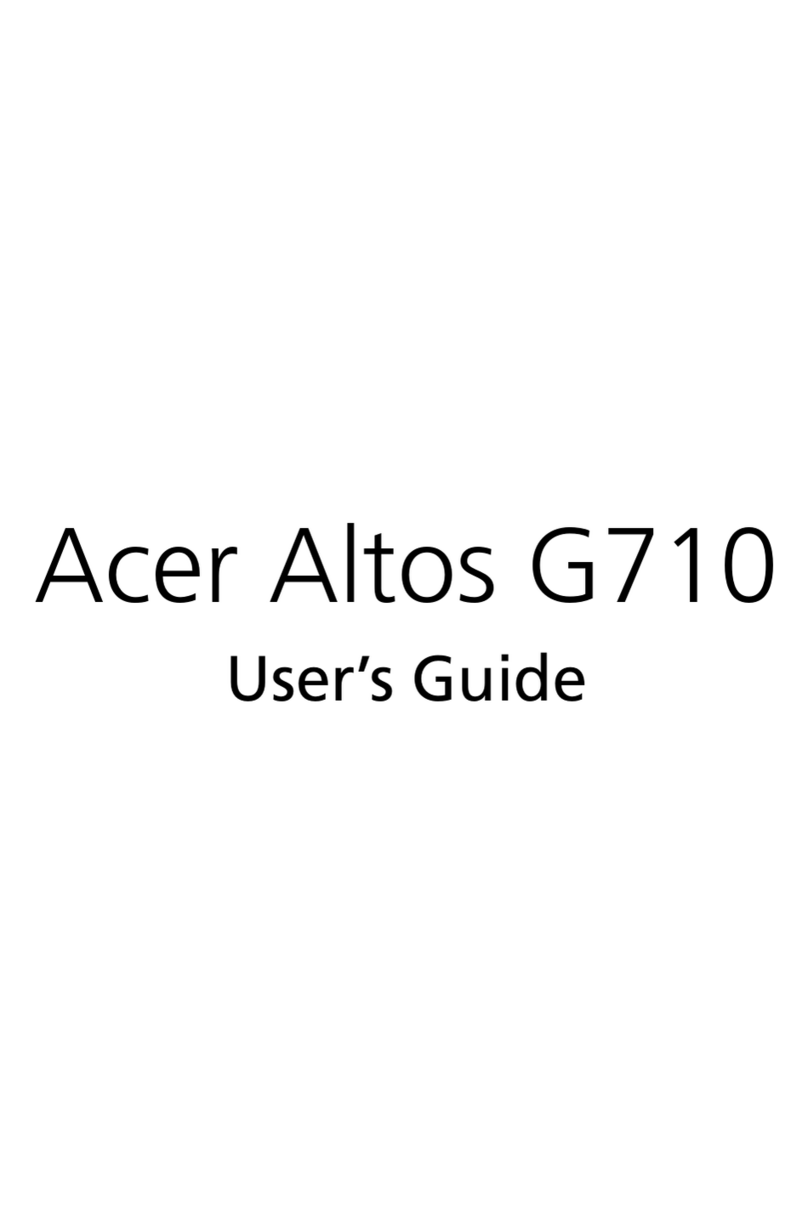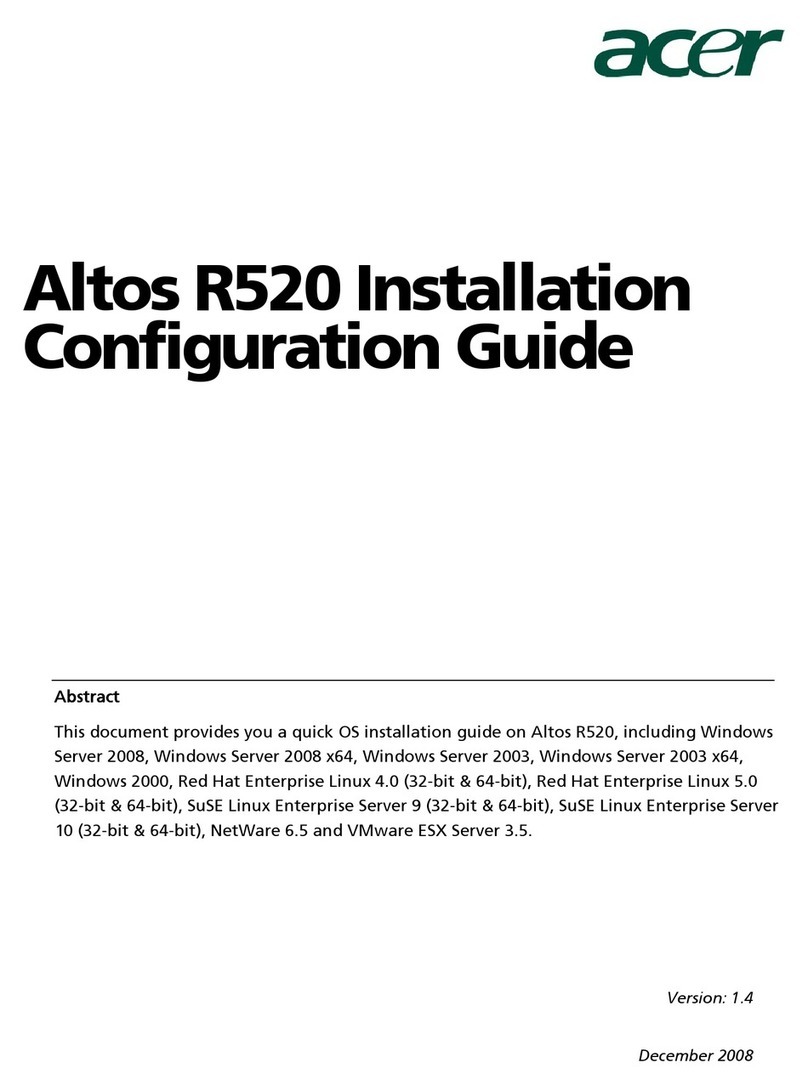Acer AcerAltos 21000 Parts list manual
Other Acer Server manuals
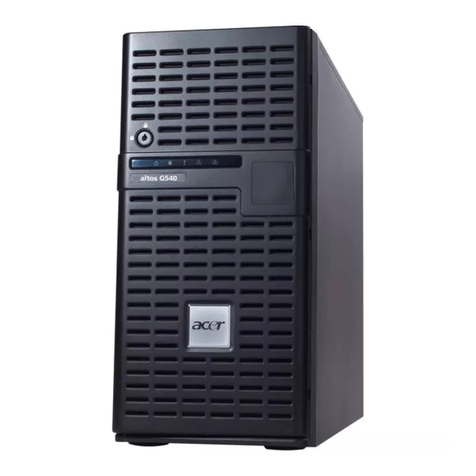
Acer
Acer Altos G540 Series User manual

Acer
Acer Altos G700 series User manual
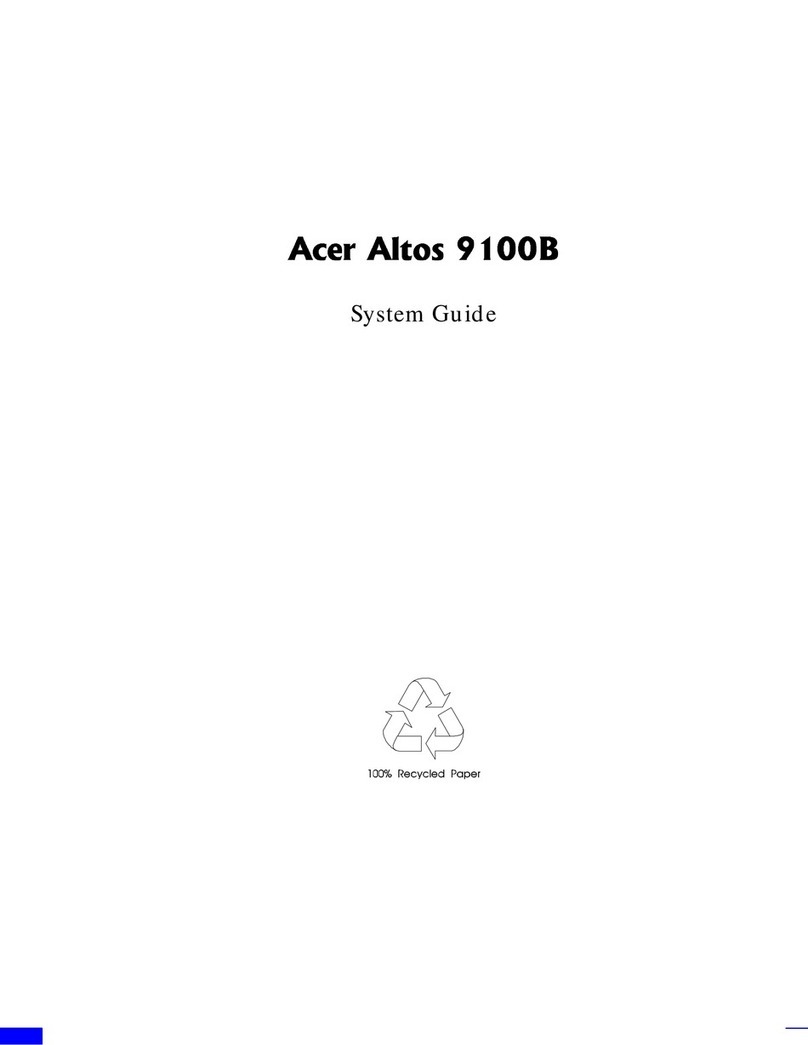
Acer
Acer Veriton 9100 Parts list manual
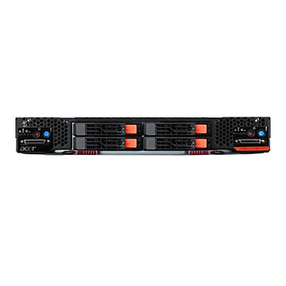
Acer
Acer AB2x280 F1 User manual
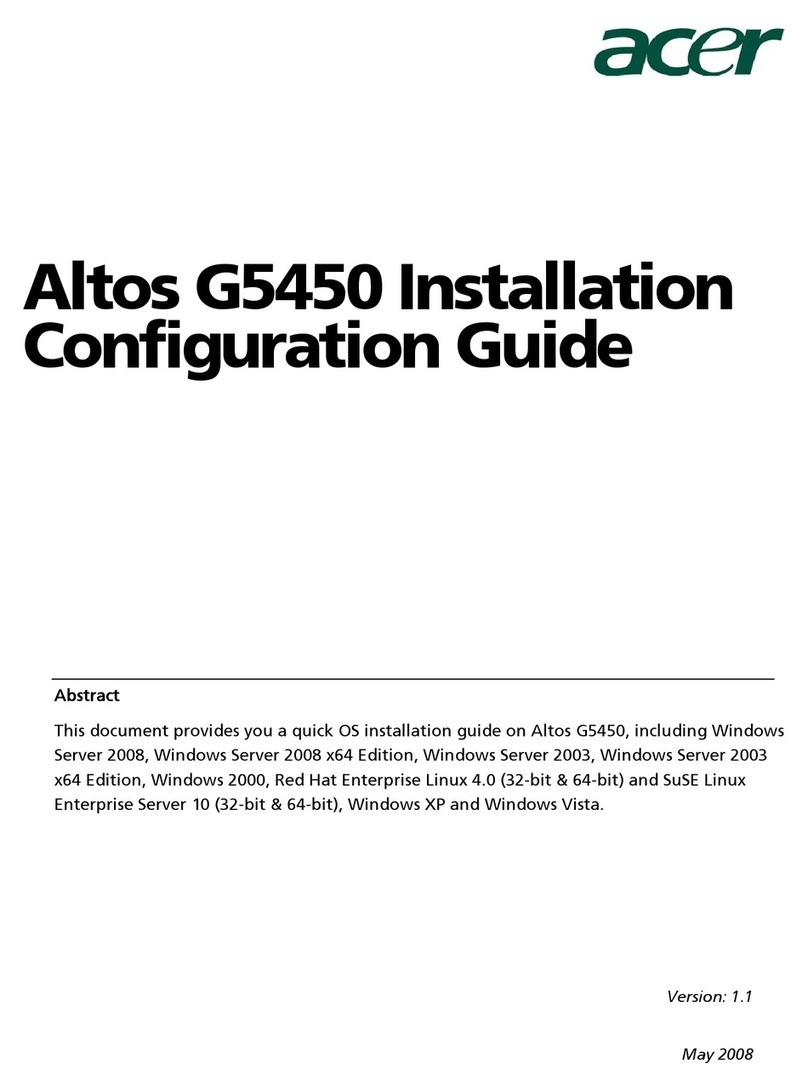
Acer
Acer Altos G5450 Series User manual
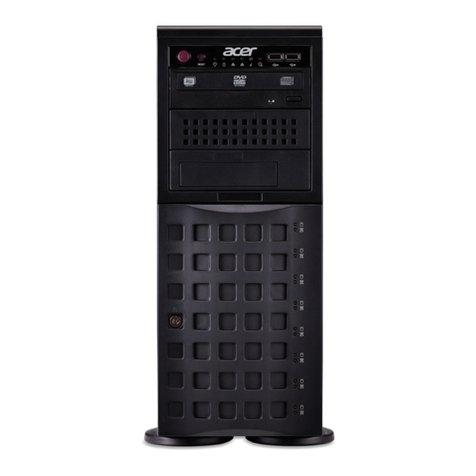
Acer
Acer AT350 F3 User manual
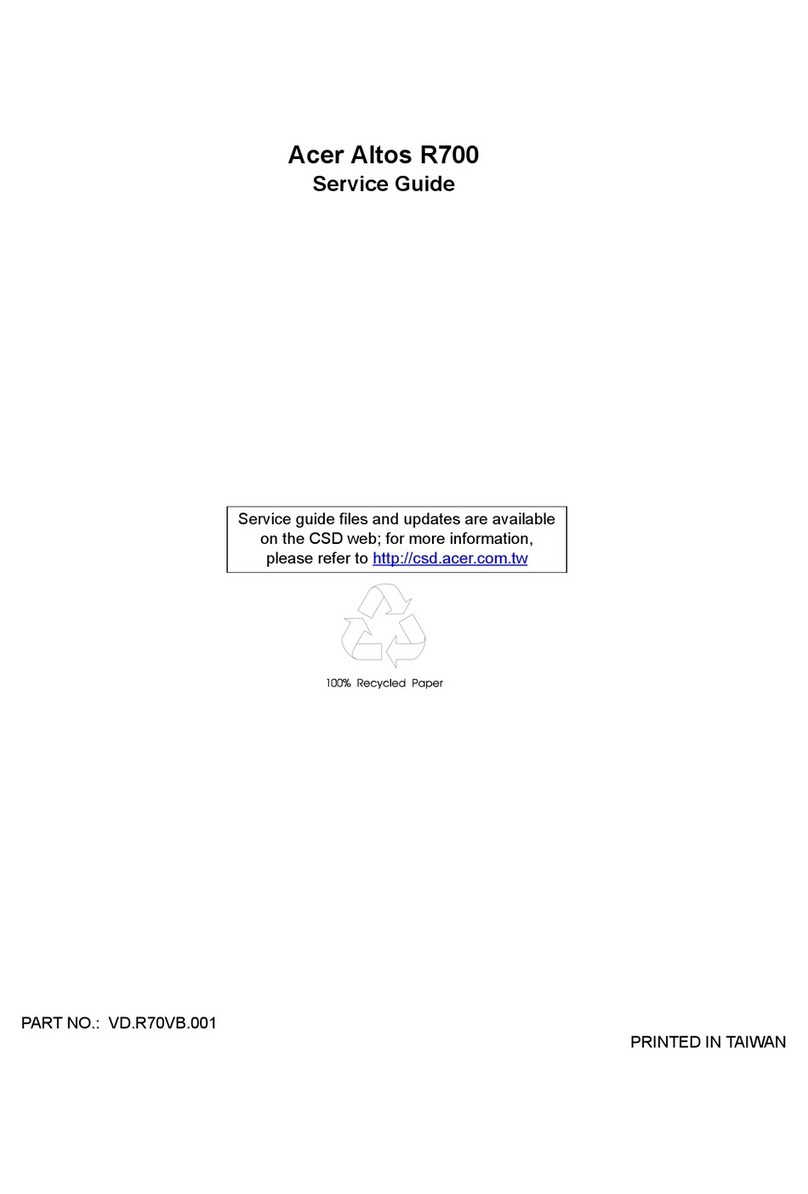
Acer
Acer Altos R700 Series User manual

Acer
Acer Altos R310 User manual
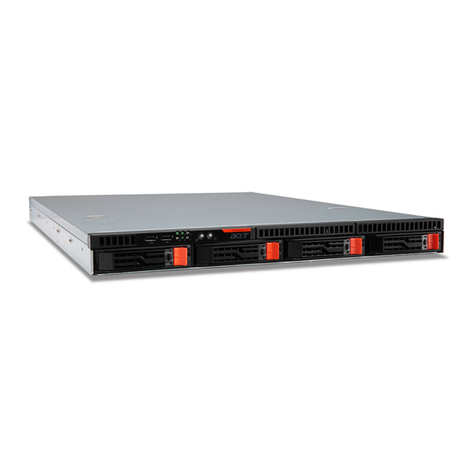
Acer
Acer AR320 F2 User manual
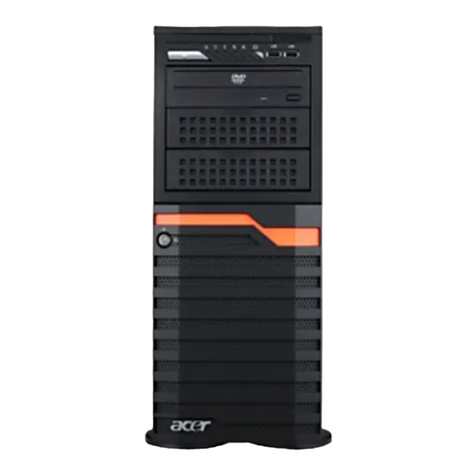
Acer
Acer AT150 F1 Series User manual
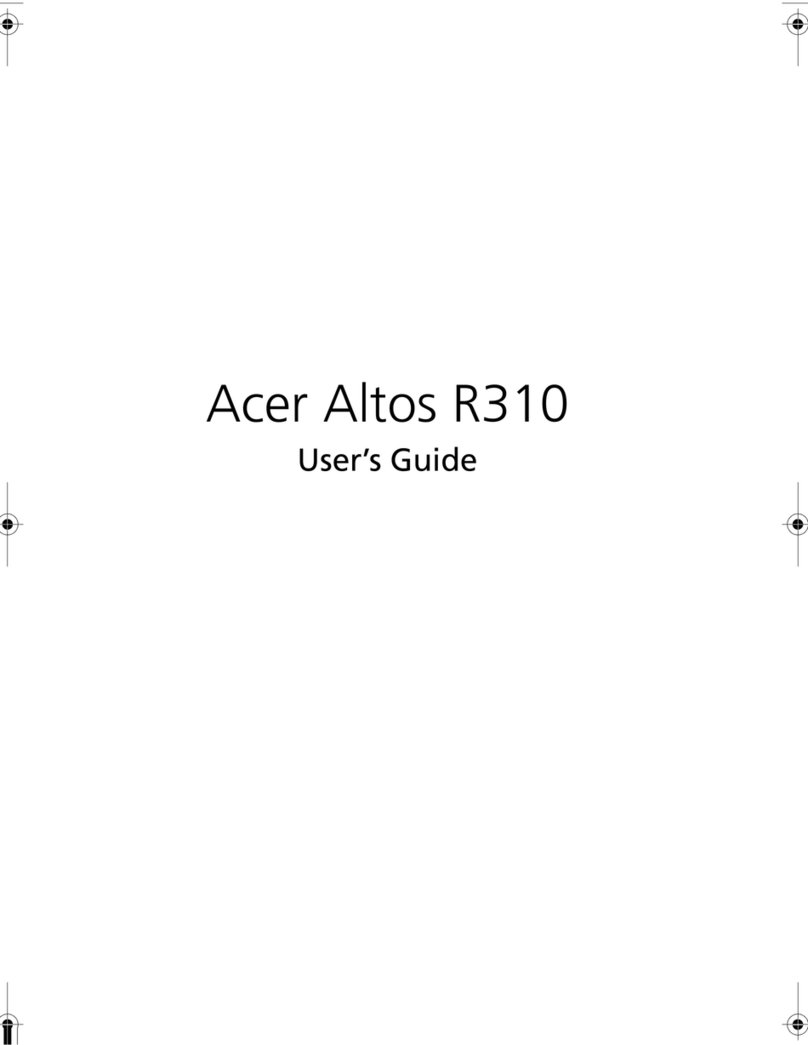
Acer
Acer Altos R310 User manual
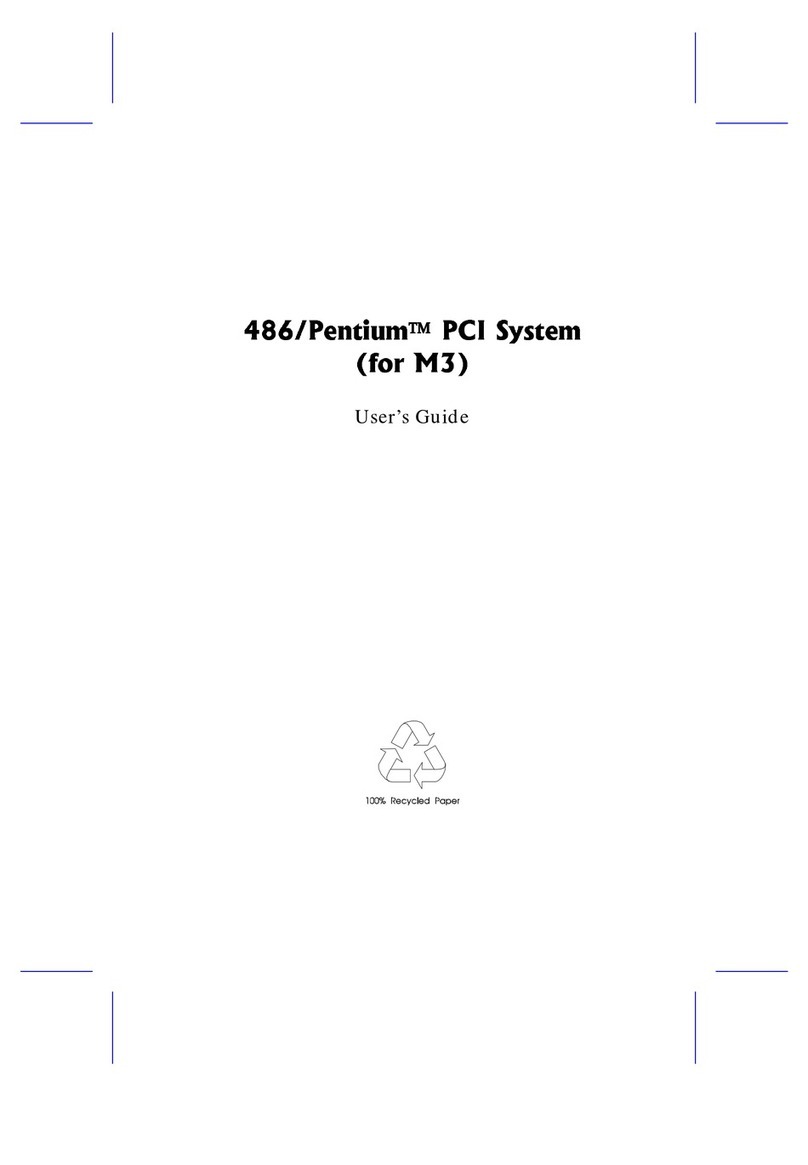
Acer
Acer 700id User manual

Acer
Acer Extensa 500 Parts list manual
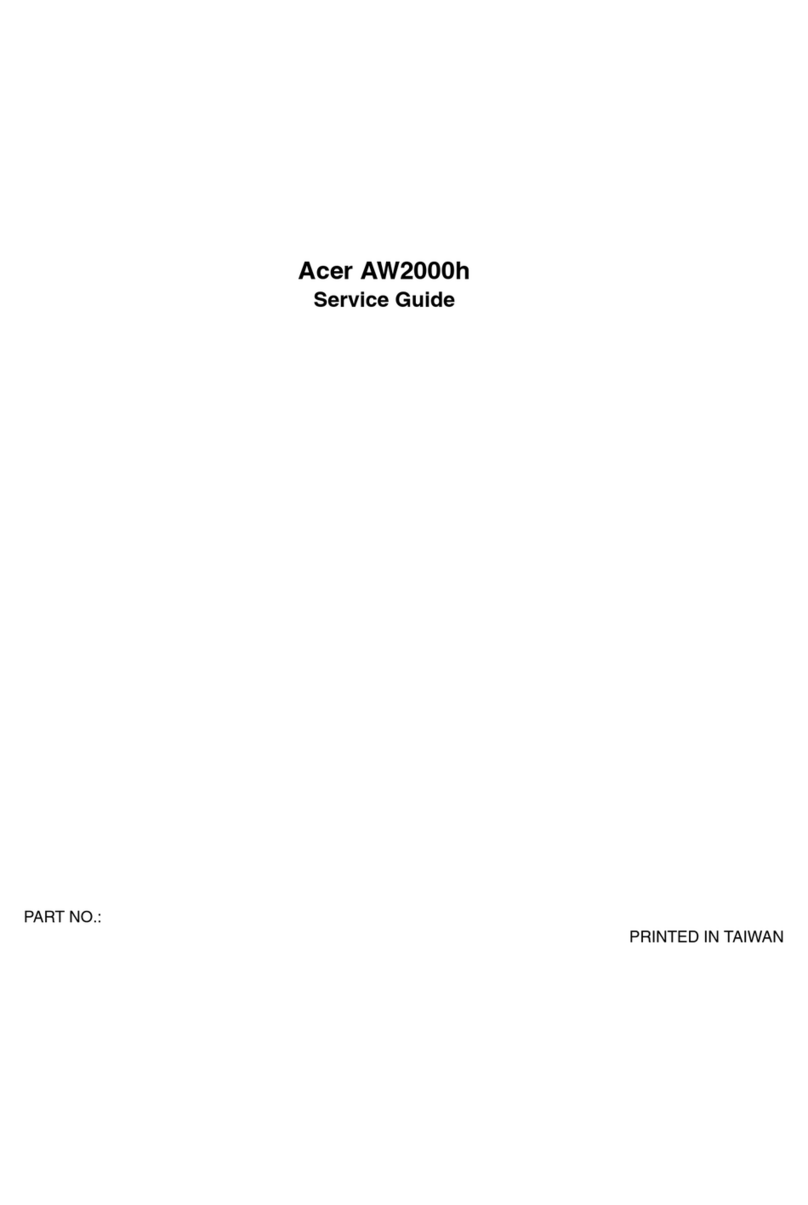
Acer
Acer AW2000h-AW175h F1 User manual
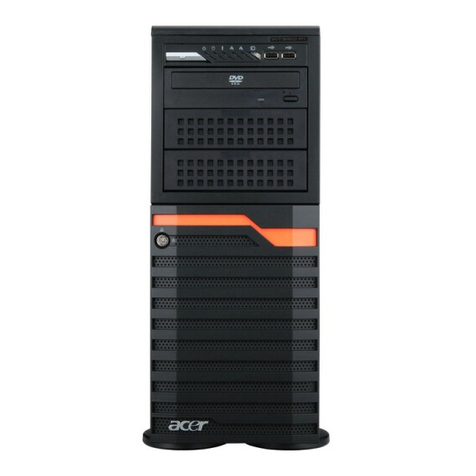
Acer
Acer AT350 F1 Series User manual
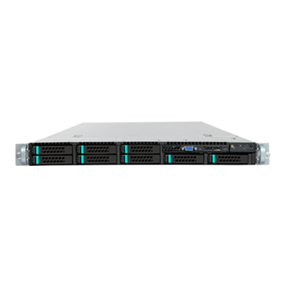
Acer
Acer Altos R360 F2 Instruction Manual

Acer
Acer Altos R510 User manual
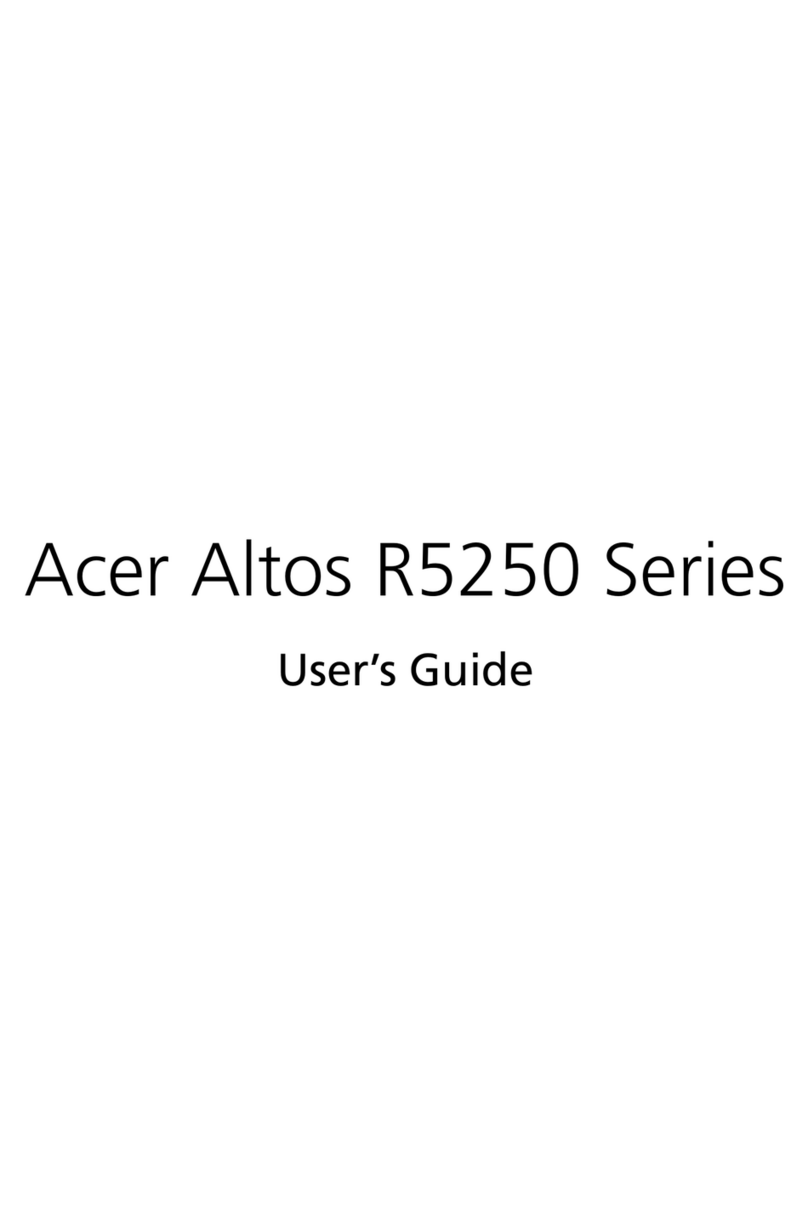
Acer
Acer Altos R5250 Series User manual
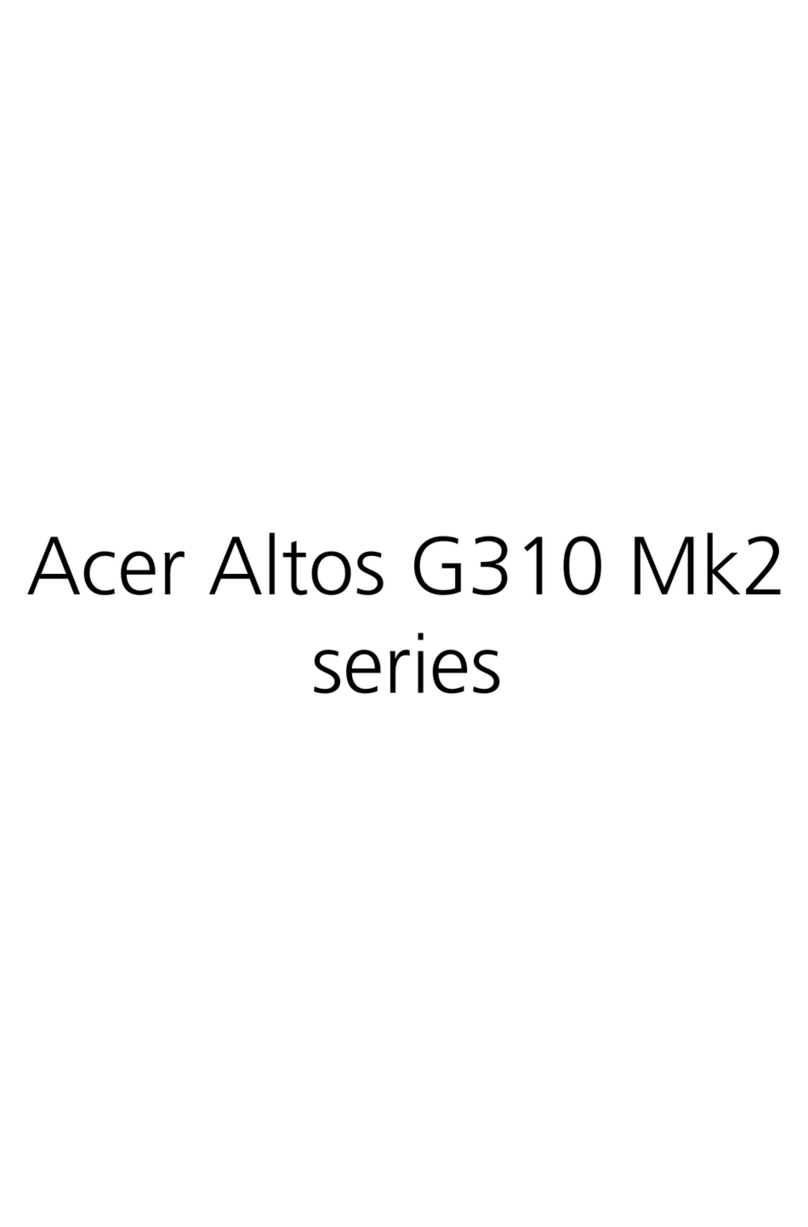
Acer
Acer Altos G310 MK2 Series User manual
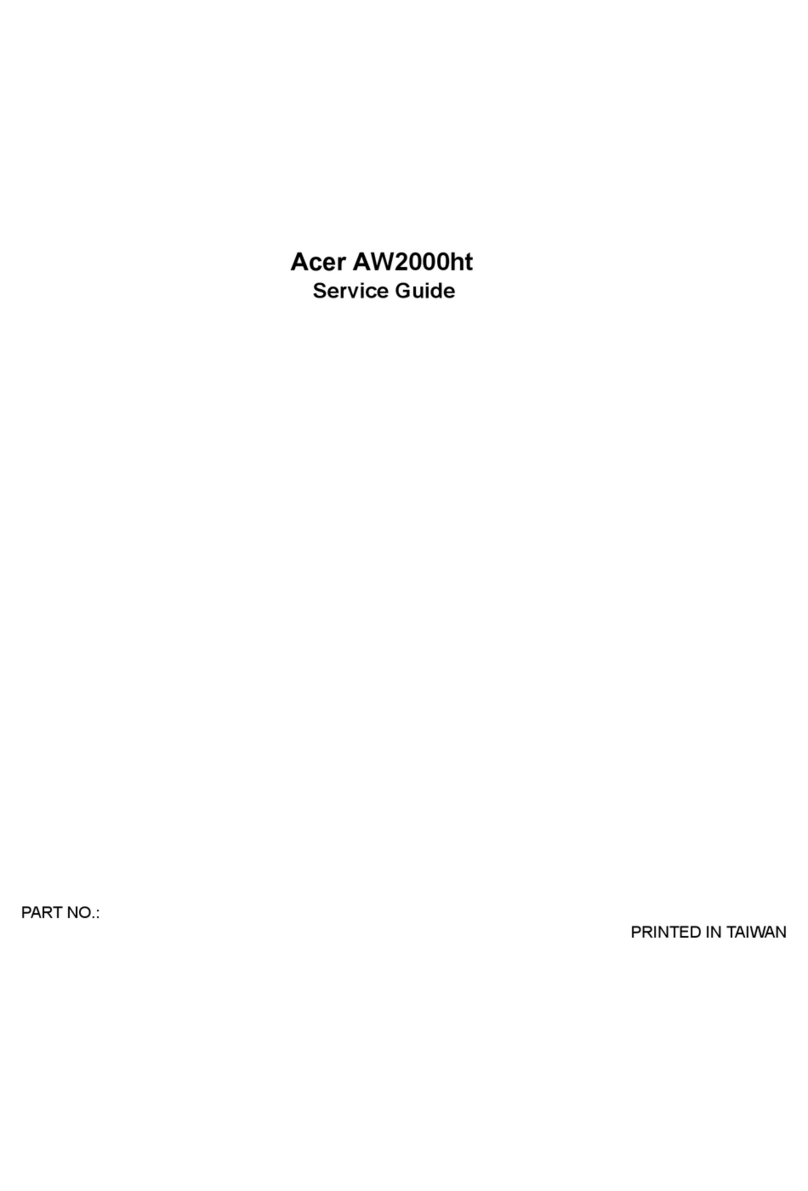
Acer
Acer AW2000ht-AW170ht F1 User manual

